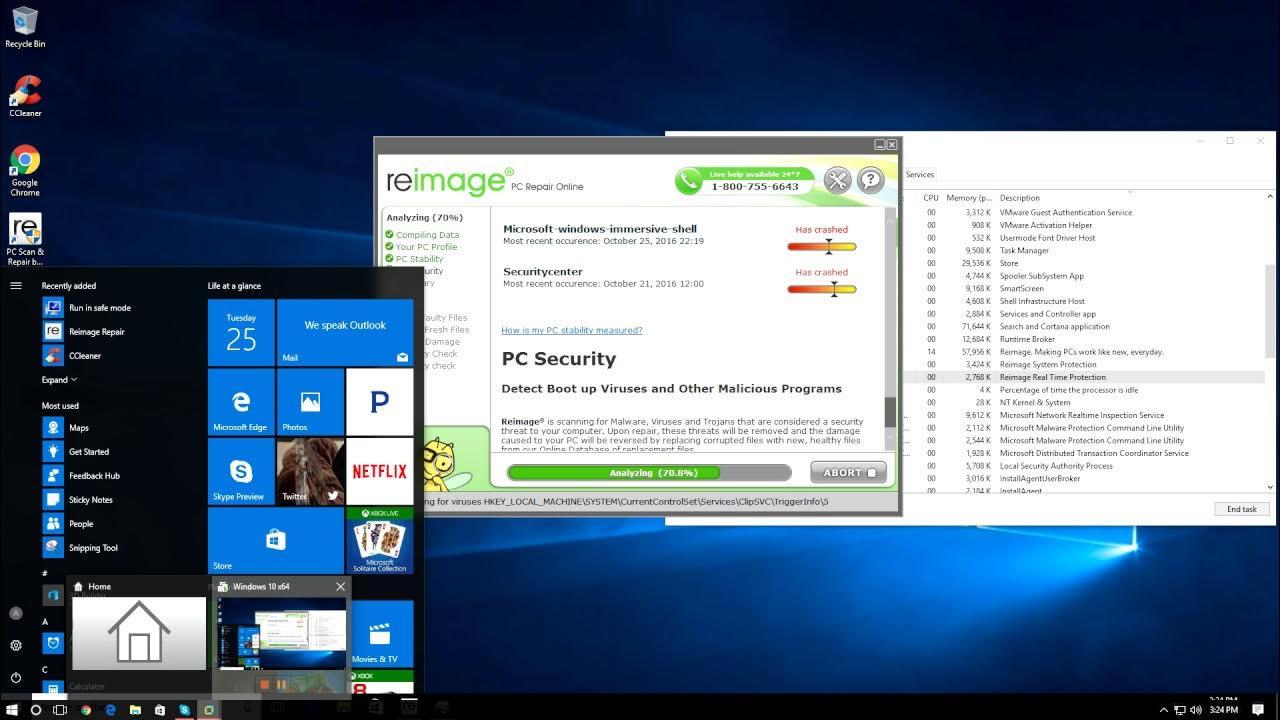- Phased withdrawal from September 15 to December 15, with further scans blocked at the end.
- Microsoft recommends scanning within Microsoft 365 Copilot, although key features are missing.
- Documents remain accessible: OneDrive (Office Lens folder), MyScans, and manual export; in Copilot, MyCreations.
- Third-party options: Adobe Scan, CamScanner, Genius Scan, ABBYY FineReader PDF, PDFgear Scan, and native scanning on iOS/Android.

Microsoft has announced that Microsoft Lens will be discontinued in stages. over the next few months, culminating in the end of support and blocking of scanning. The decision affects those who use the app in Android e iOS to digitize documents, whiteboards or receipts.
The tool, formerly known as Office Lens, gained a loyal user base for its ease of converting images into PDFs or other files. Word, PowerPoint and Excel, in addition to its integration with OneDrive and OneNote. Even so, Microsoft has chosen to withdraw it and focus efforts on its ecosystem with IA.
Dates of the staggered closure
The withdrawal will be done in stages, with a schedule already defined to avoid sharp shorts and ease the transition for users who rely on mobile scanning.
- September 15: : the withdrawal process begins.
- October 15: New installations are disabled in the App Store and Google Play.
- November 15th: The app is completely removed from both stores.
- December 15: end of support and blocking new scans for existing users.
During this period, those who already have the app installed will be able to continue accessing My Scans, although the functionality will gradually be discontinued as the plan progresses.
What Microsoft Lens offered and why it mattered
Lens stood out for its document capture and cleaning quality, with edge detection, perspective correction, and OCR for text recognition. These capabilities made it a popular choice for work and college.
Among its strengths were direct export to PDF already editable Office formats, automatic upload to OneDrive and practical options such as scanning cards to save them in OneNote or read-aloud functions.
Its route starts in Windows Phone number under the name Office Lens and made the leap to mobile devices in the following years; in 2021 it adopted the brand Microsoft Lens. On Android it accumulated tens of millions of downloads, reflecting the intensive use it has had.
What Microsoft recommends now
The company suggests moving to integrated scanning in Microsoft 365 Copilot, its AI-powered productivity app. From there, you can capture documents and save them to your Microsoft 365 environment.
It is worth keeping in mind that, today, Copilot does not reply All Lens features: Direct saving to OneNote, Word, or PowerPoint from the scan stream is not available, nor are utilities such as business card scanning or voice reading.
Scans that are saved in OneDrive from Copilot will appear in the section MyCreations from the app itself, as detailed by Microsoft in its message center.
How to save your scans and migrate seamlessly
If you already use Lens, your documents usually sync with OneDrive automatically. It is advisable to check the folder «Office Lens» trust your storage in the cloud to verify that everything is safe.
From the app, you can open the gallery of My Scans, select the important files and use the option Export to save them locally or manually upload them to OneDrive or another service.
For those who prefer to maintain a similar flow, the step to Microsoft 365 Copilot It allows you to continue capturing documents and having them centralized, although with the aforementioned limitations regarding some advanced functions.
Third-party alternatives for further scanning
If Copilot's approach doesn't fit your habits, there are very reliable third-party options with Accurate OCR, automatic filters and flexible export to the cloud or local storage.
- Adobe Scan: good OCR and connection to Document Cloud.
- CamScanner: advanced processing and organization functions.
- Genius Scan: fast, easy and with export profiles.
- ABBYY FineReader PDF: recognized for its high-quality OCR.
- PDFgear Scan: Lightweight alternative for on-the-fly scanning.
Furthermore, both iOS as Android They have improved native scanning in the camera or notes app, which is sufficient for basic cases if you don't need advanced post-processing or specific integrations.
Context: The rise of native scanning
Lens' withdrawal is part of a trend where niche functions are directly integrated into the systems and apps pre-installed, reducing the need to maintain separate, overlapping tools.
For Microsoft, the focus is shifting to AI solutions within its suite, which explains the push for Copilot as a single entry point for document capture and work tasks.
It's clear that the disappearance of Microsoft Lens means a need to reorganize scanning routines. Those who wish to remain within the Microsoft ecosystem can take advantage of Copilot and OneDrive, while users who require specific features will have consolidated tools at their disposal. It's a good idea to review the Office Lens folder and export important files to avoid loss.
Passionate writer about the world of bytes and technology in general. I love sharing my knowledge through writing, and that's what I'll do on this blog, show you all the most interesting things about gadgets, software, hardware, tech trends, and more. My goal is to help you navigate the digital world in a simple and entertaining way.
